Spotted wolf spider (Pardosa amentata)
Here’s a detailed overview of the Spotted Wolf Spider (Pardosa amentata) — a fast, ground-dwelling spider common across much of Europe:
🕷️ Spotted Wolf Spider (Pardosa amentata)
🔹 Taxonomy
- Order: Araneae (Spiders)
- Family: Lycosidae (Wolf Spiders)
- Genus: Pardosa
- Species: Pardosa amentata
- Authority: (Clerck, 1757)
🔹 Identification
- Size:
- Males: ~4–5 mm
- Females: ~5–7 mm
- Coloration:
- Mottled brown and grey with pale bands and dark spots
- A distinct light central stripe runs down the cephalothorax
- Abdomen may have chevron or mottled patterns
- Eyes: Eight eyes in three rows (typical for wolf spiders); front row has four small eyes, middle two are large and forward-facing
- Legs: Long, spiny, and often banded; built for speed
🔹 Distribution
- Widespread across Europe, especially common in:
- UK and Ireland
- Scandinavia
- Central and Eastern Europe
- Also found in parts of North Africa and Asia
🔹 Habitat
- Prefers open, sunny habitats with low vegetation, including:
- Grasslands
- Heathlands
- Dune systems
- Field edges and dry meadows
- Gardens and lawns
- Often seen running on bare ground or paths
🔹 Behavior
🏃 Hunting
- Active hunter — does not spin a web to catch prey
- Pursues small insects and other arthropods across the ground
- Relies on excellent eyesight and speed
🧵 Silk Use
- Uses silk for:
- Egg sacs
- Draglines (safety lines while moving)
- Occasional molting mats
🥚 Reproduction
- Spring to early summer breeding season
- Females produce a round white egg sac and carry it attached to their spinnerets
- After hatching, spiderlings ride on the mother’s back for several days — a distinctive wolf spider trait
🔹 Life Cycle
- One generation per year in temperate regions
- Adults typically seen from April to July, with immature individuals lasting into autumn
- Overwinter as juveniles in sheltered ground litter or grass clumps
🔹 Similar Species
- Pardosa lugubris – darker, often found in woodlands
- Pardosa pullata – very similar; needs close inspection of genitalia to distinguish
- All Pardosa species are generally fast-running, mottled brown ground spiders
🔹 Conservation
- Not threatened
- Common and widespread in many habitats
- Sensitive to:
- Pesticide use
- Habitat degradation and loss of unmanaged grasslands
🔹 Fun Facts
- The name “wolf spider” comes from their predatory nature, like a wolf hunting prey
- Their eye reflection can sometimes be spotted in torchlight at night
- Caring mothers: the female Pardosa amentata carries her young until they are ready to disperse
📸 Observation Tips
- Look on bare soil, sunny footpaths, or grass clumps in spring
- Move slowly; they’ll often pause briefly before darting away
- Best spotted during warm, dry weather
Visited 3 times, 2 visit(s) today
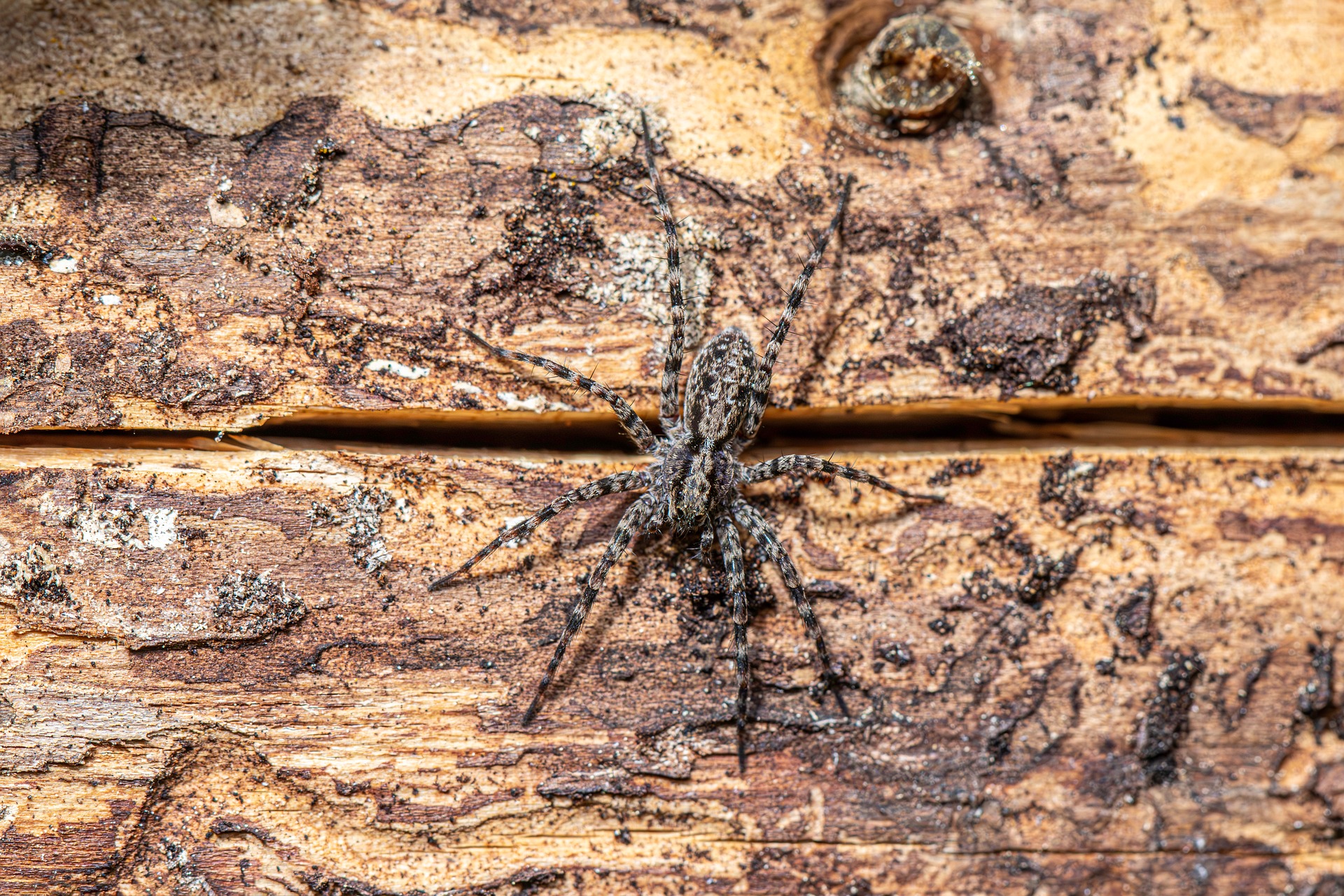
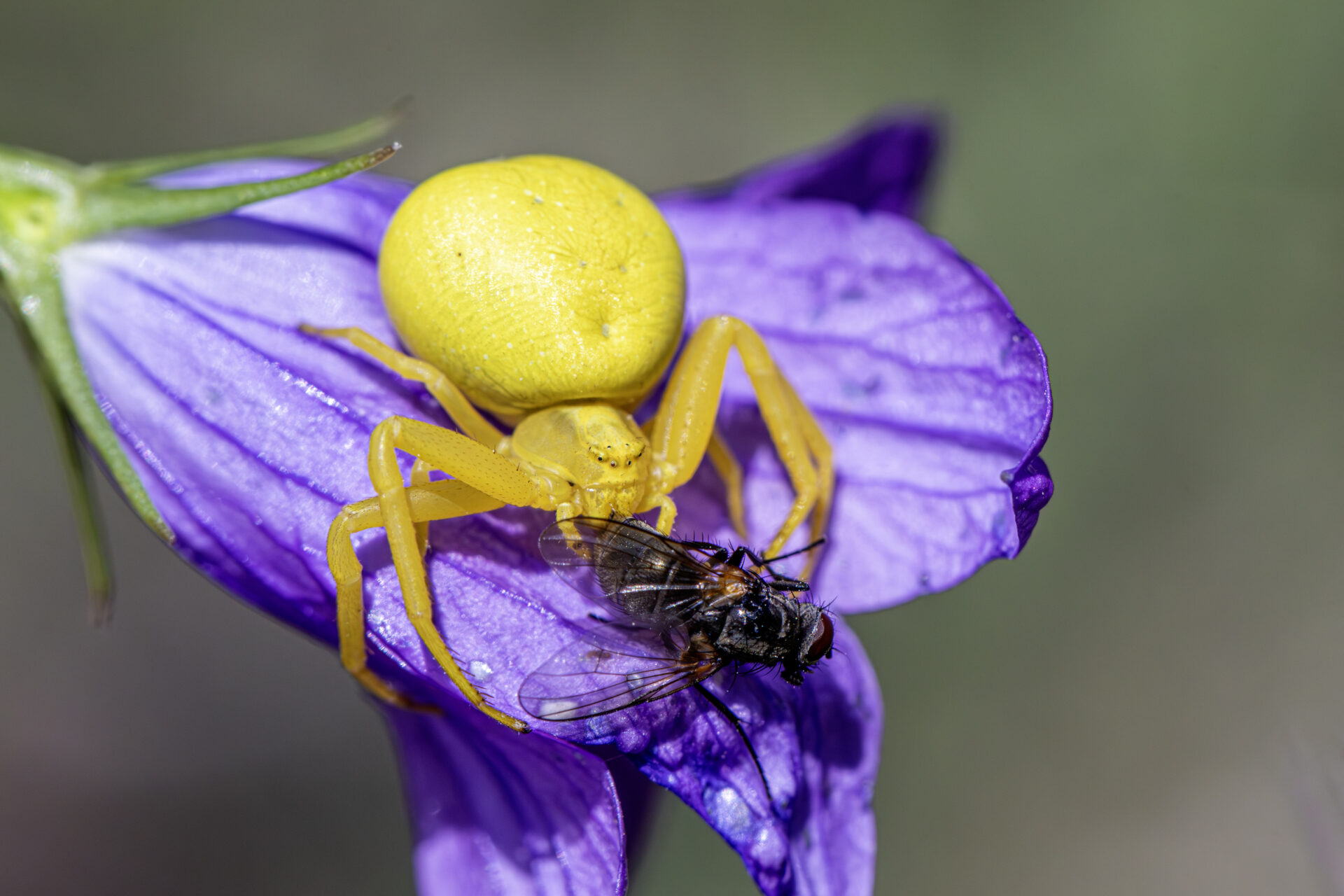
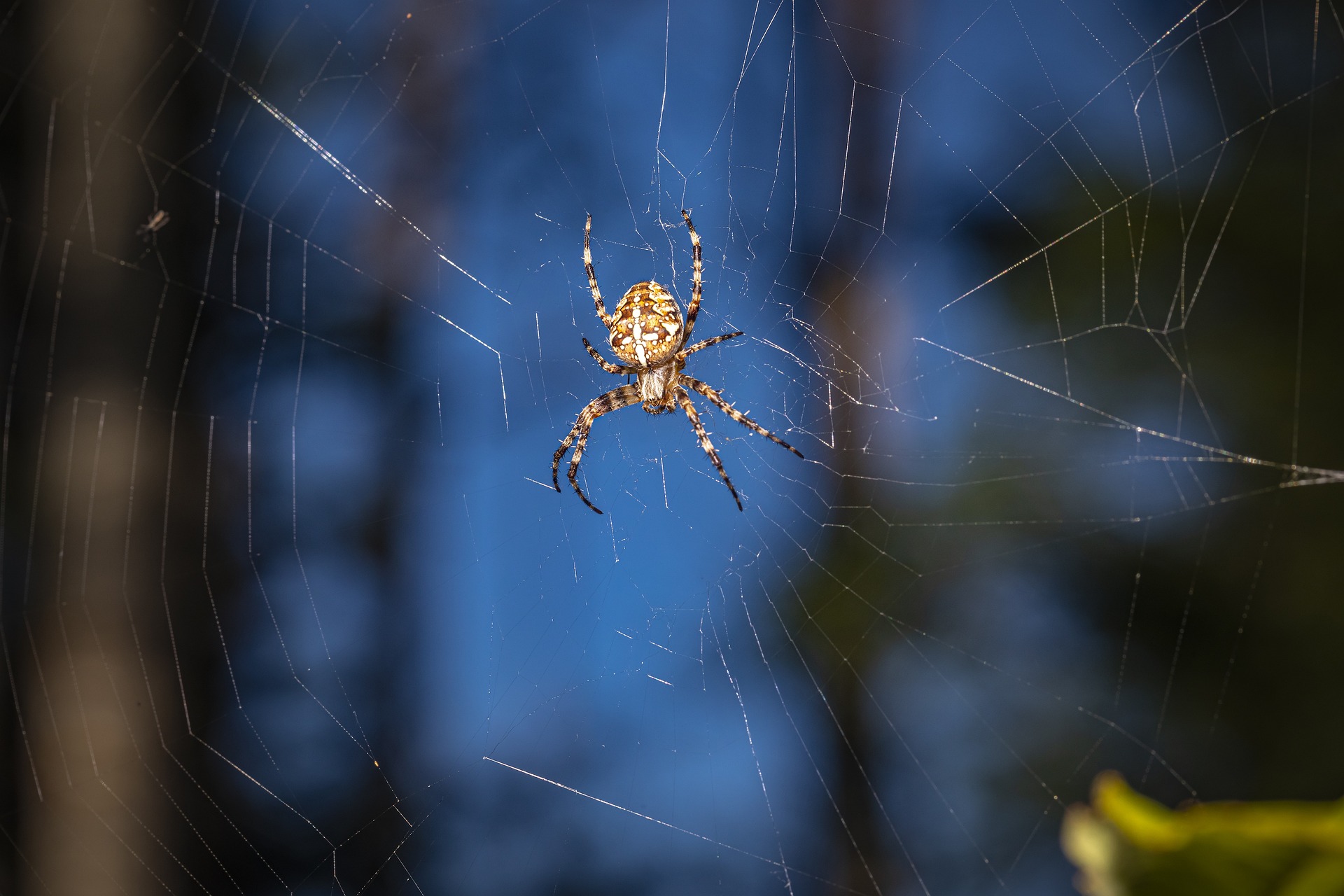
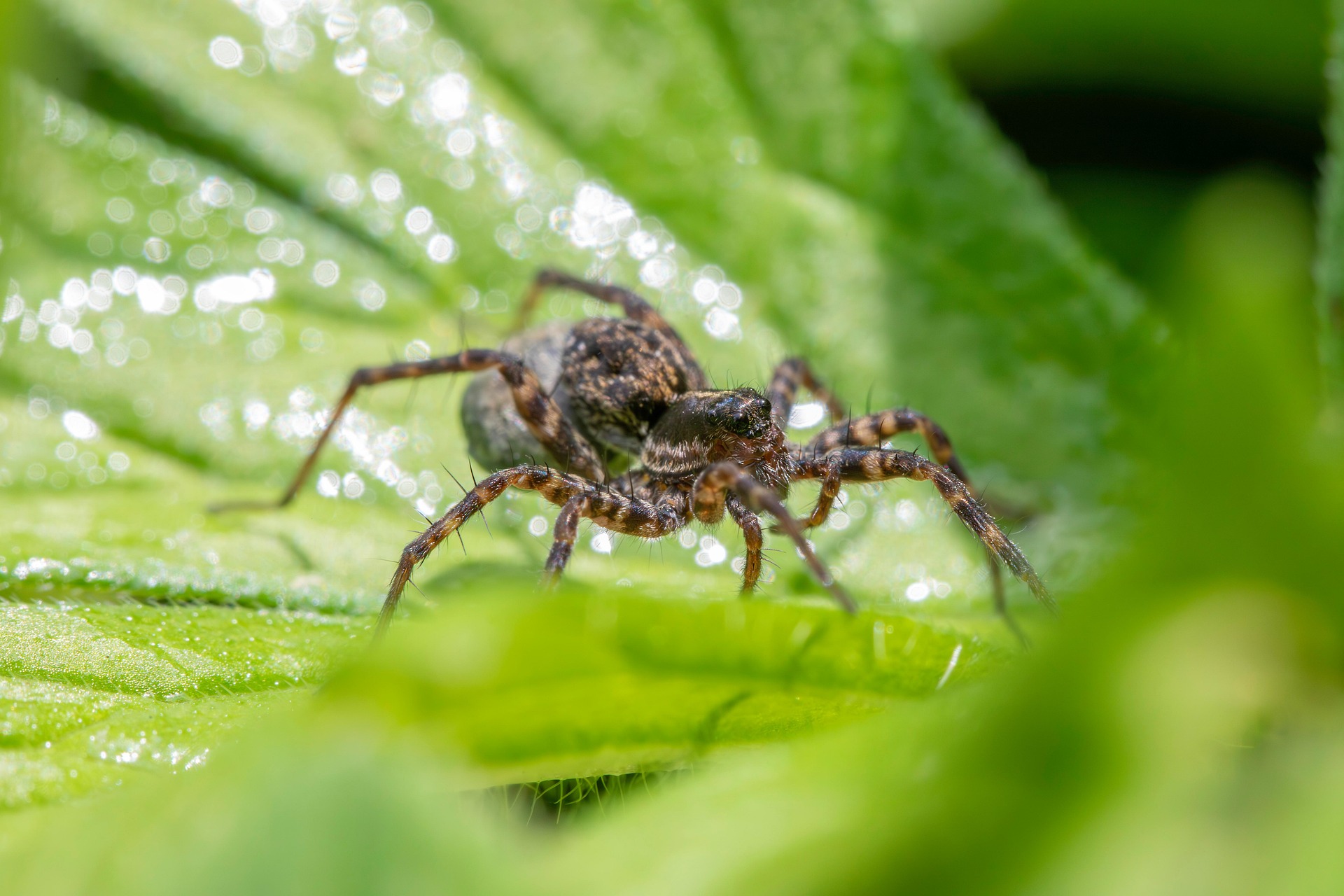
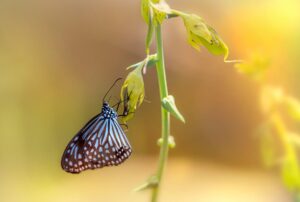
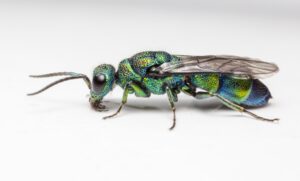
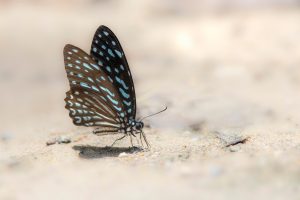
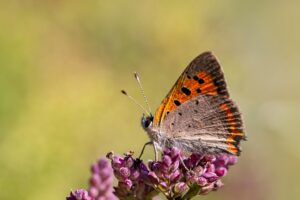

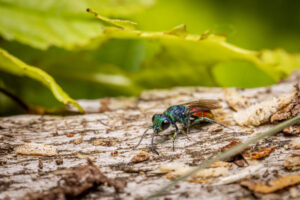
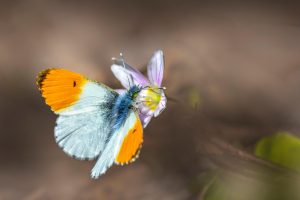
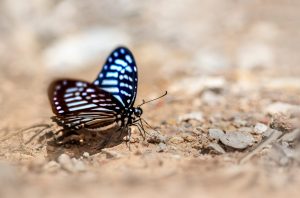
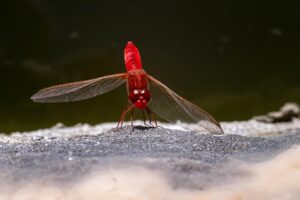
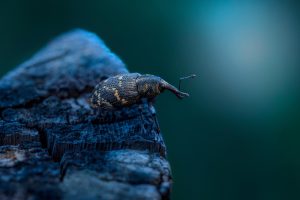
Post Comment